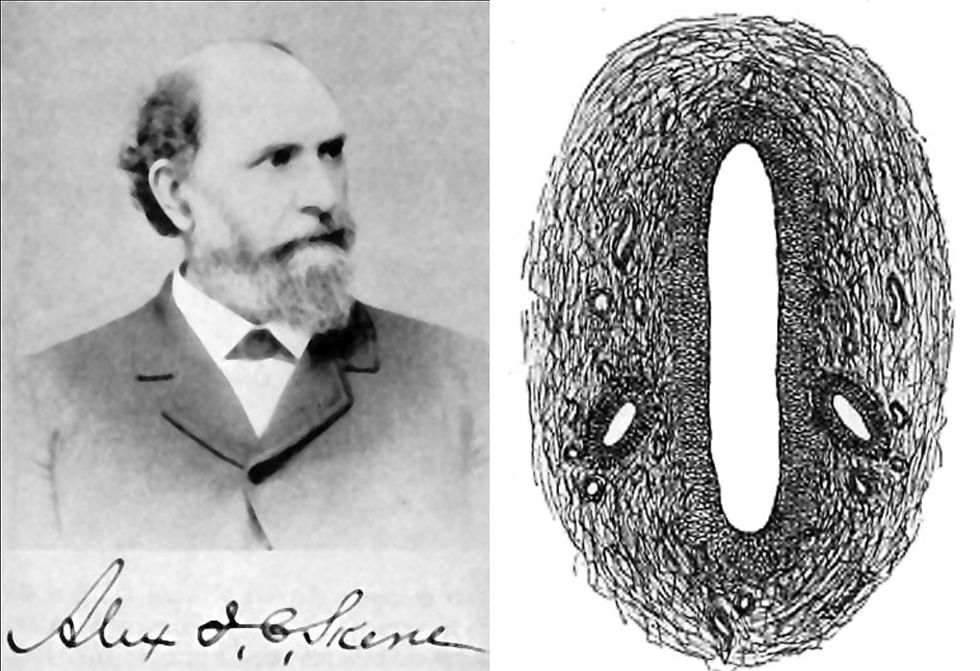Why Are So Many Parts of Women’s Bodies Named After Men?
- SANAMethod
- 1 day ago
- 2 min read
…understanding where they come from helps us see the bigger picture – medicine has been shaped by men, but it doesn’t have to stay that way.
Have you ever wondered why so many parts of women’s anatomy, from the Fallopian tubes to Bartholin’s glands, are named after men?
It’s not a coincidence. The history of medical science explains a lot about why women’s bodies are, quite literally, labelled with men’s names. Let’s dive into the fascinating, and sometimes frustrating, story behind these eponyms and why modern medicine is trying to move away from them.

A History Written by Men
For most of history, medicine was a male-dominated field. Women were barred from universities, hospitals, and scientific societies well into the 19th century. That meant nearly all early anatomical discoveries were made, or at least documented, by men.
In those days, the ‘discoverer’s privilege’ was common: if you were the first to describe a structure, you could name it. Because almost all recognised ‘discoverers’ were men, women’s bodies ended up full of names that commemorate male anatomists.
What’s more, many of these so-called ‘discoveries’ weren’t new at all. Midwives and women healers often knew these body parts intimately long before any male physician ‘identified’ them in textbooks.
Women’s Anatomy Named After Men
Here’s a snapshot of just how many female body parts are named in honour of male anatomists and gynaecologists:

These are just a handful of examples, but they show a clear pattern: the names we use come from a time when women had little say in how their own bodies were studied and described.
The Move Towards Descriptive Names
Medicine is gradually shifting away from male-derived eponyms in favour of descriptive, neutral names. Organisations like the Terminologia Anatomica are working to standardise anatomical language worldwide.
Why?
Clarity → Descriptive names explain what and where something is.
Consistency → Eponyms vary between countries; neutral terms avoid confusion.
Inclusivity → Recognises that knowledge about women’s bodies doesn’t belong to a handful of male ‘discoverers’.
For example:
Fallopian tubes → uterine tubes
Bartholin’s glands → greater vestibular glands
Pouch of Douglas → rectouterine pouch
Despite these changes, many older terms remain in everyday language, which is why you still hear “Fallopian tubes” more than “uterine tubes”, even in clinics.
Why This Matters
Language shapes how we see the world. When women’s bodies are named almost exclusively after men, it reflects a deeper history where women were excluded from science, medicine and decision-making about their own health.
Moving towards neutral, descriptive terms isn’t just about accuracy, it’s about reclaiming knowledge and shifting perspective.
Final Thoughts
Women’s bodies are complex, powerful and fascinating, and they deserve language that reflects that. While historical eponyms like “Fallopian tubes” or “Bartholin’s glands” aren’t going away overnight, understanding where they come from helps us see the bigger picture – medicine has been shaped by men, but it doesn’t have to stay that way.
.png)



Comments